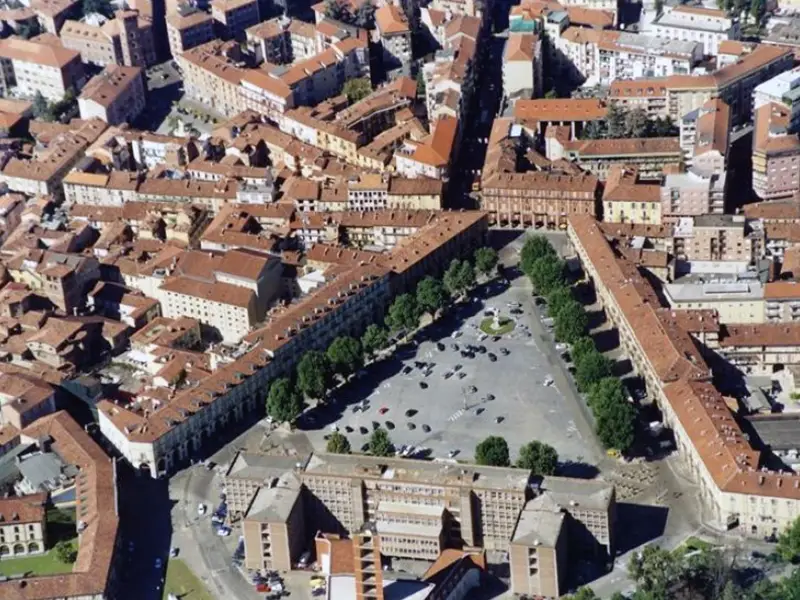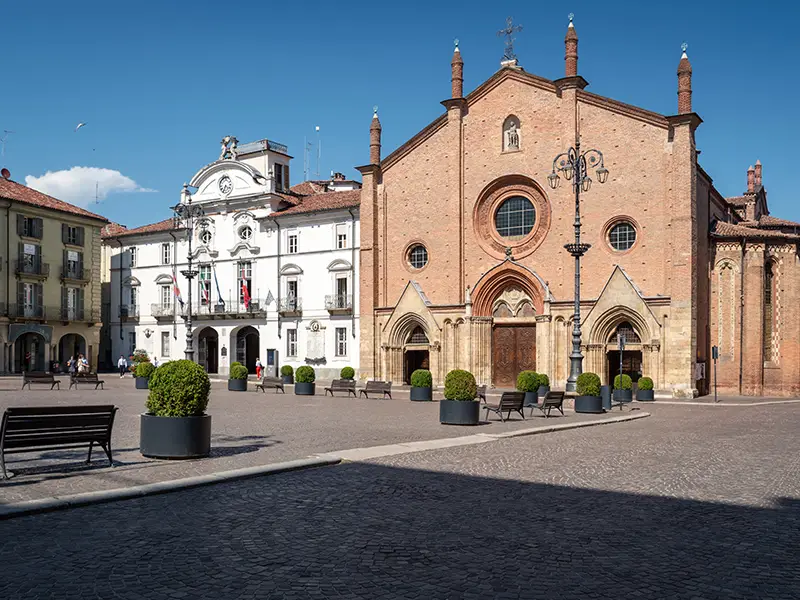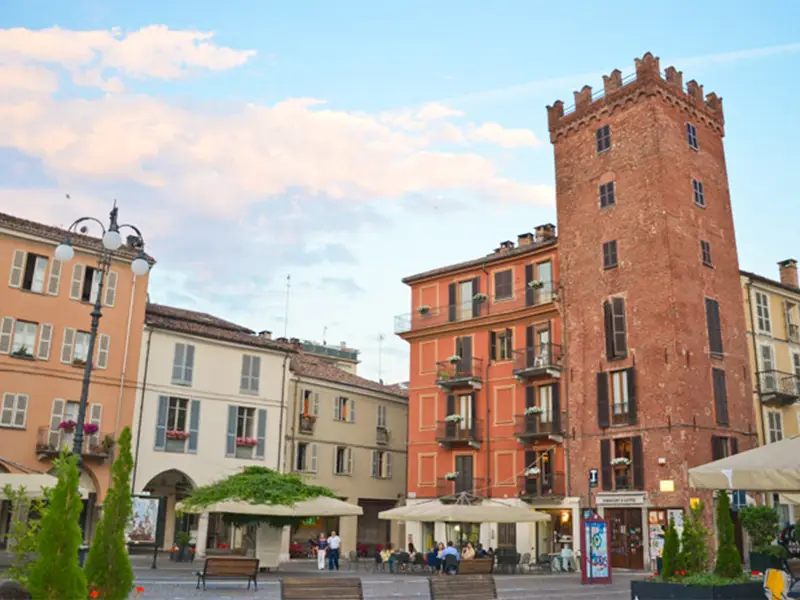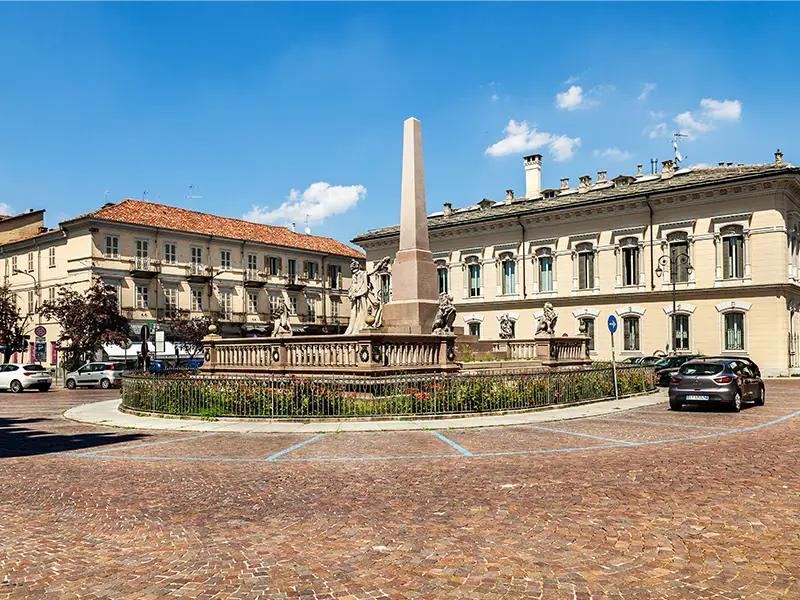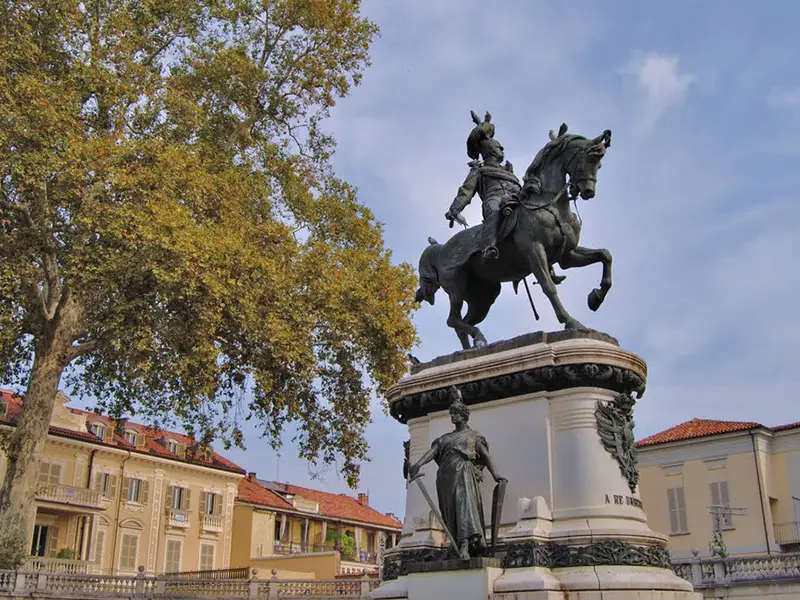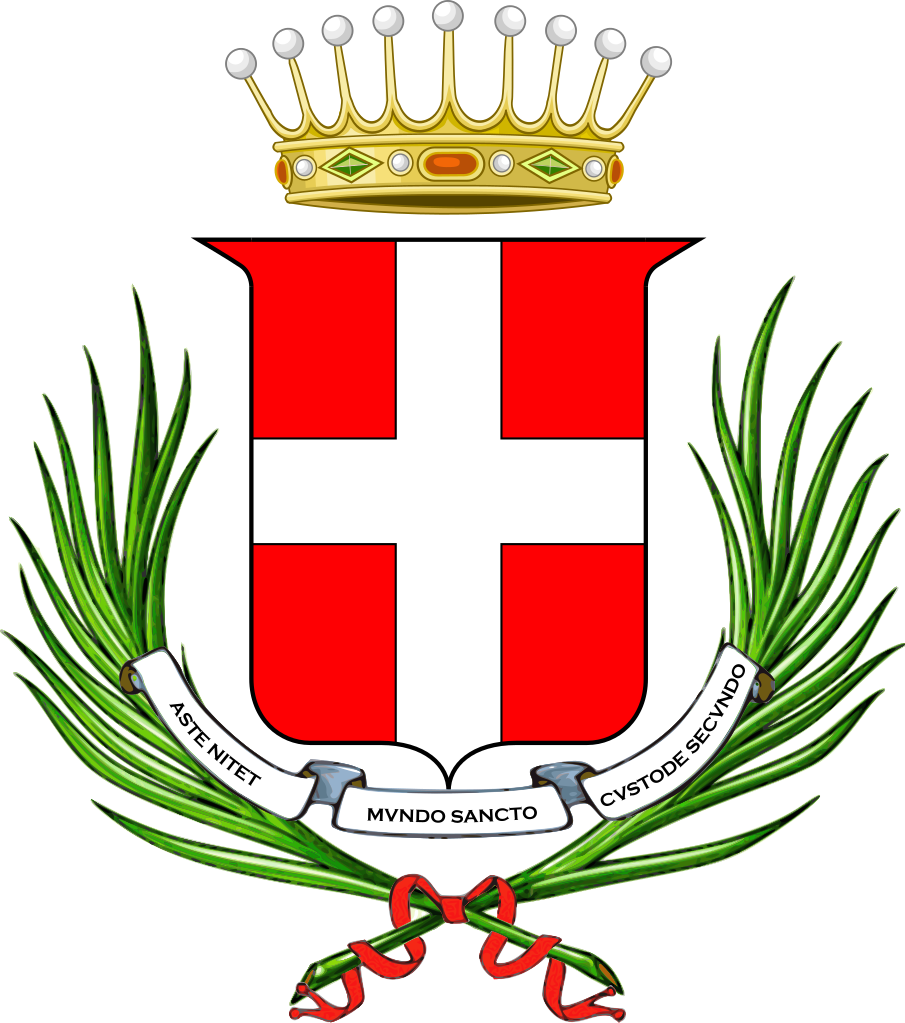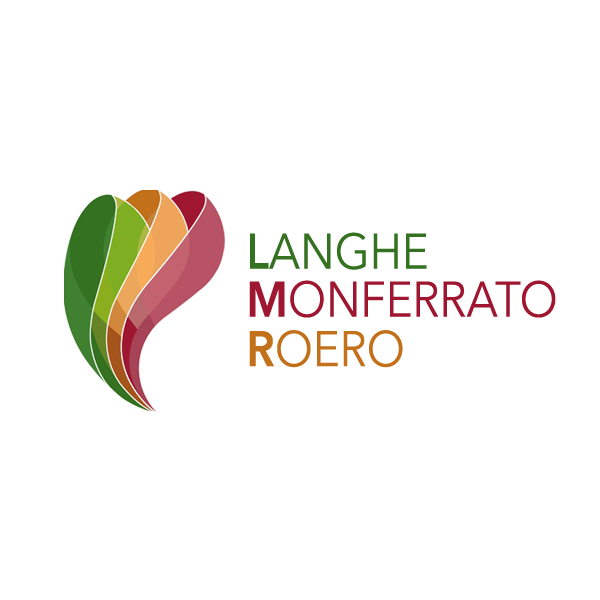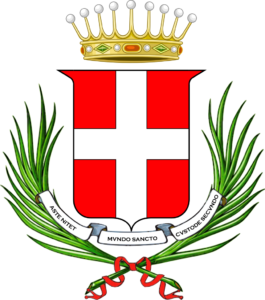Piazza Alfieri
It is one of the oldest squares in the city and has a trapezoidal shape, closed on the sides by three porticoed buildings for public use. The space was built in two different times: The first part in 1856 and then in 1869.
Located on the edge of the old city, starting from the second half of the nineteenth century the square changed its appearance becoming the economic and social center of the city.
Piazza San Secondo
Piazza San Secondo is one of the most important squares in the city of Asti and the ancient Piazza del Mercato.
The Town Hall overlooks it, donated to the city in 1558 by the Duke of Savoy Emanuele Filiberto, and the Collegiate Church of Saint Secundus . This is an ancient church dedicated to the patron saint of the city, begun in the last years of the 13th century on the grounds of an ancient Roman temple, and completed in 1462.
Until the thirties of the twentieth century in its center was the monument to the fallen of the First World War, now located in Piazza I Maggio, where the ancient Saint Peter's gate was located.
Piazza Statuto
In this ancient town square is still visible the severed tower of the Guttuari, dating back to the thirteenth century and testimony of the power of the homonymous Ghibelline family of merchants and bankers Asti, whose houses overlooked the square.
Piazza Statuto was ideally divided into two spaces, intended for the sale of different products: on one hand the square of Wines or Grapes, and on the other that of Herbs, where the fruit and vegetable market was held. Today’s name dates back to 1898, dedicated to the 50th anniversary of the Albertine Statute.
On the photographs of the early twentieth century is still portrayed the beautiful covered market in art nouveau style that occupied the northwest side of the square.
Piazza Roma
The current Piazza Roma is the result of a series of demolitions, expansions and buildings that in the nineteenth century affected the ancient square of San Bernardino. The area takes its name from a church of the same name, which between 1806 and 1860 was transformed into the Alfieri Theatre, still existing.
The square, separated from the ghetto by Via San Bernardino, was home to the fruit and vegetable market from 1797 to 1937.
In 1895 it was chosen by the city as the site where to erect the commemorative monument of the Risorgimento, designed and built by the banker and patron Leonetto Ottolenghi, who then donated it to the city. To obtain a suitable space for the project, Ottolenghi bought and had the old theatre demolished, partly replaced in 1898 by the neo-Gothic Palazzo Medici del Vascello. The latter then incorporated the medieval tower Comentina.
On 3 May 1898 the monument was inaugurated, realized in the sculptural part by the Ticinese Luca Gerosa (1856 - 1920) and for the architectural part by the Turin engineer Angelo Reycend (1843 - 1925).
The balustrade of the base is decorated with torches, beams and lions with coats of arms, while the pillars bear the names of battles of the Risorgimento. At the center there is a female figure, allegory of Italy, caught in the act of offering a laurel wreath to the obelisk, funerary symbol used in the celebrations of the fallen Risorgimento. To commemorate the intervention of Leonetto Ottolenghi, the municipality placed in his honor a plaque on 4 June 1899.
Piazza Fratelli Cairoli
The attachment shown by Leonetto Ottolenghi towards his city and his homeland was such that King Umberto I gave him the noble title of count, by royal decree of 14 March 1899. When in 1900 the king was assassinated in Monza, Leonetto Ottolenghi wanted to honour his memory with a monument to be donated to the municipality.
To obtain the space suitable to place the equestrian monument of the sovereign, made by the Lombard sculptor Odoardo Tabacchi (1836 - 1905), Count Ottolenghi had some houses next to the garden of the Opera Pia Michelerio and Palazzo Alfieri demolished (purchased by him in 1901 and destined for the Civic Museum).
It was thus created a semicircular square remained unchanged over the years, with the monument placed almost flush with the road axis of Corso Alfieri.
The casting of the bronze work, placed on a marble base, was carried out by Corrado Betta from Asti. On the sides there are two female figures, allegories of Valor and Piety, also in bronze. The inauguration took place in the presence of the Duke of Aosta on 4 October 1903 and the new square was named after King Umberto I.
In 1944 the square took on the new name Fratelli Cairoli, maintained until today.
Piazza Castigliano
Initially called Piazza del Collegio, due to the presence of the Palazzo del Reale Collegio for classical education, the square then changed its name in honor of Alberto Castigliano (1847-1884), an internationally renowned engineer and mathematician.
Of medieval origin, it was once surrounded by noble palaces and ancient crenellated walls, of which still today traces are preserved on the side overlooking Via Millivacca.
Piazza Cattedrale
The square is located in the area in front of the Cathedral of the Assumption and Saint Gotthard , which together with the Baptistery composes the "Episcopal Complex of the Cathedral".



